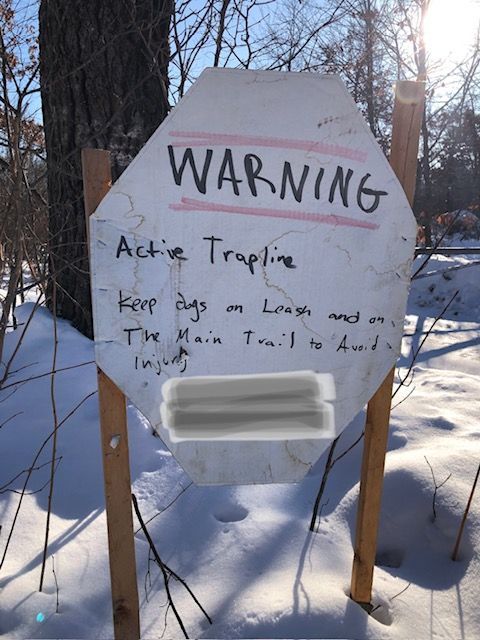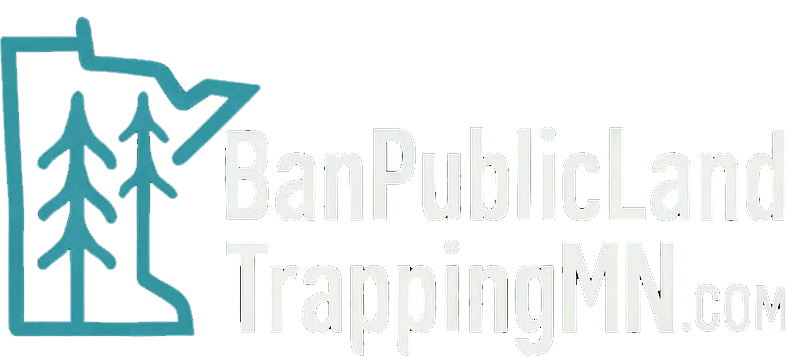Trapping on public lands causes significant harm to native wildlife, often capturing non-target species including protected animals. These traps can cause prolonged suffering and unintended deaths, disrupting local ecosystems.
Public safety is compromised as traps pose risks to outdoor enthusiasts, pets, and children accessing these lands. The presence of traps restricts safe recreational use and undermines the public’s right to enjoy Minnesota’s natural resources.
Negative Impacts of Trapping on Wildlife and Public Safety

Key Statistics on Trapping Impact in Minnesota Public Lands
50,000+
Number of traps set annually on Minnesota’s public lands, posing risks to wildlife and visitors alike.
~5%
Percentage of non-target animals, including protected species and pets, caught unintentionally in traps each year.
$1.2 million
Estimated annual taxpayer funds spent on managing and regulating trapping activities on public lands.
??%
Minnesota does not publish a quantified estimate of visitation loss due to traps on public lands.
Common Questions About Trapping on Minnesota Public Lands
This section addresses frequent inquiries about trapping practices, their effects on wildlife, public safety, and land use in Minnesota's public areas.
What species are most affected by trapping on public lands?
Trapping primarily targets mammals such as beavers, foxes, raccoons, and coyotes. However, non-target species including protected animals and pets can also be caught unintentionally, leading to injury or death.How does trapping impact public safety?
Traps set on public lands pose risks to hikers, children, and pets. Injuries from steel-jaw traps and snares have been reported, creating hazards in areas meant for safe recreation.Are trapping activities regulated on Minnesota public lands?
While state laws govern trapping seasons and methods, enforcement on public lands is limited. Trapping is allowed on public lands unless specifically prohibited, which can lead to inconsistent protections.What are the ecological consequences of trapping on public lands?
Trapping disrupts local ecosystems by removing key species, which can unbalance predator-prey relationships and reduce biodiversity. This interference may negatively affect ecosystem health and resilience.How does trapping affect Minnesota taxpayers?
Managing trapping programs and addressing injuries caused by traps require public funding. These costs, subsidized by taxpayers, include wildlife management, medical treatment for injured people and pets, and enforcement efforts.
Trusted Resources for Informed Advocacy
Comprehensive Research and Educational Links on Trapping Impacts in Minnesota
**Coming Soon!**
Scientific Studies
Wildlife Reports
Policy Analyses
Conservation Groups
Legal Frameworks
Public Safety Data
